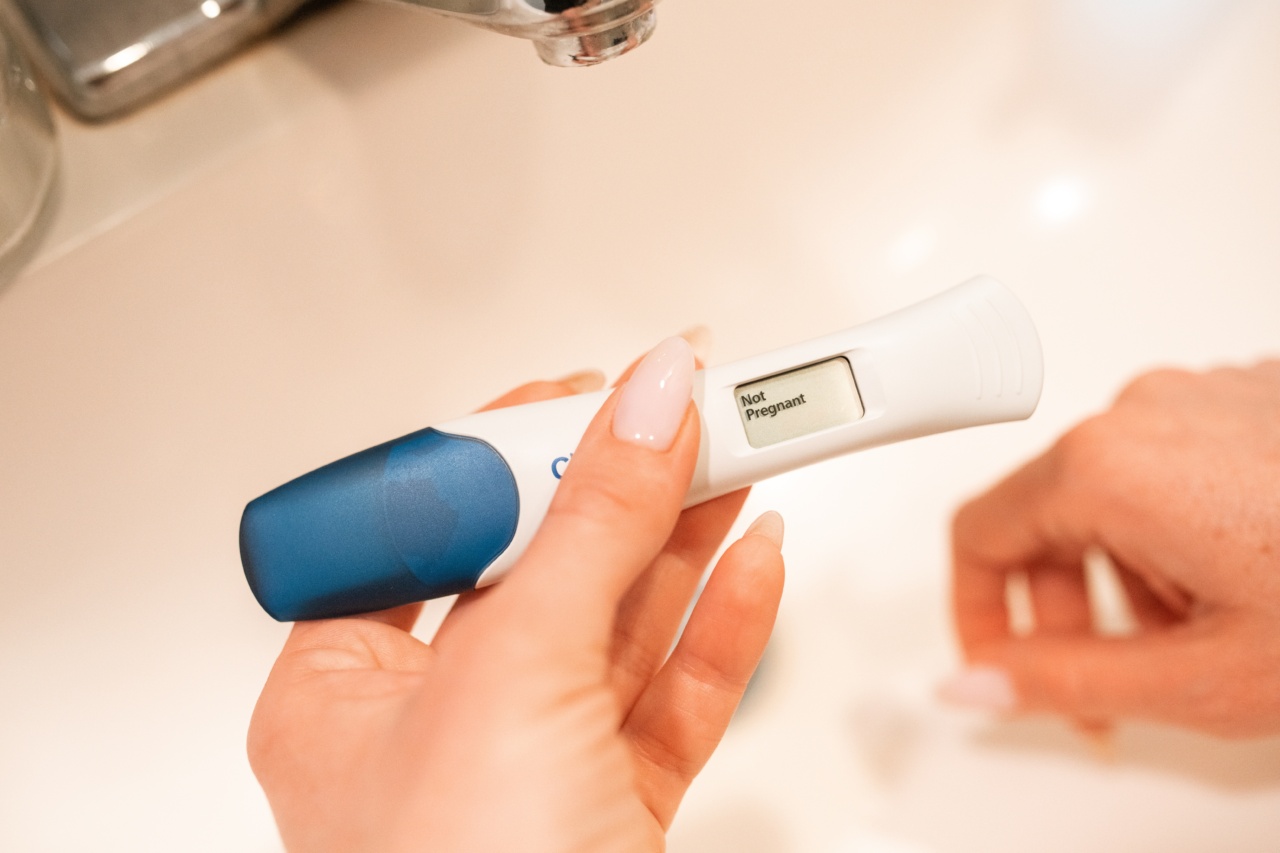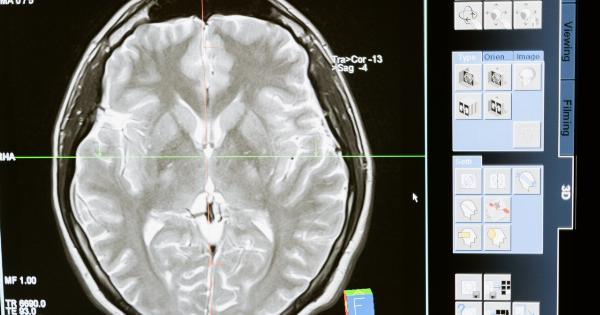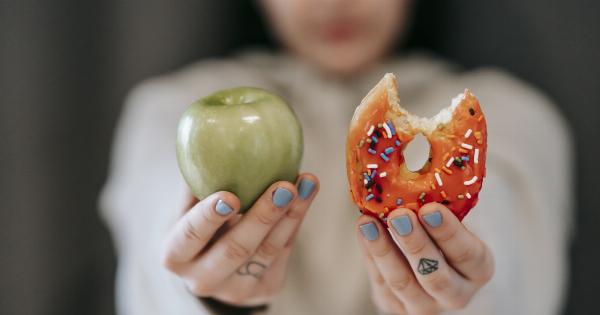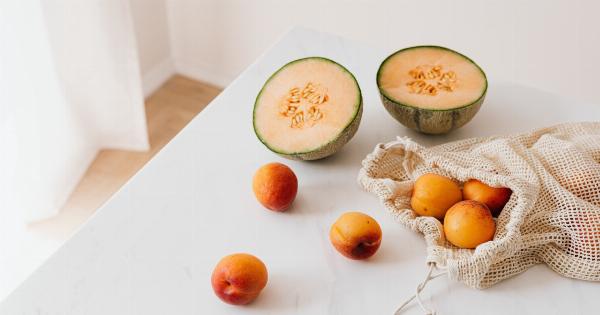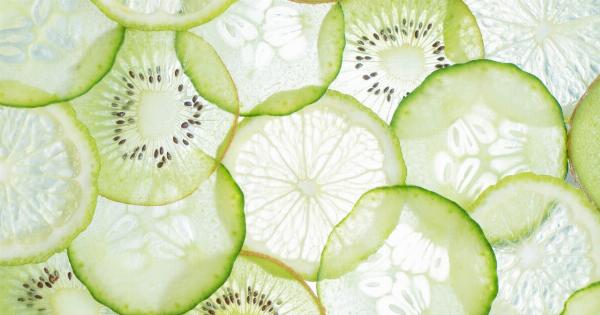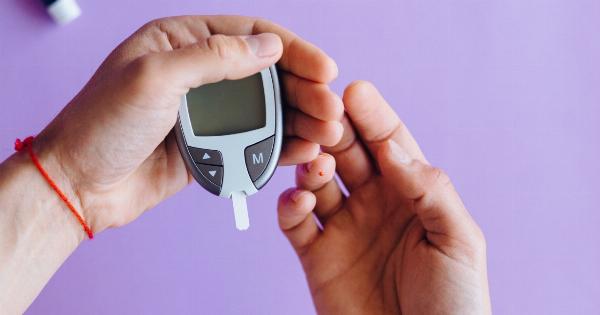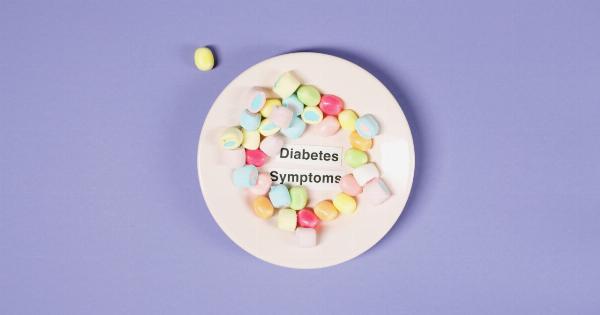High blood pressure, also known as hypertension, is a common health condition that can increase the risk of heart disease, stroke, and other serious complications. Managing blood pressure levels is crucial to maintain overall health and well-being.
While there are medications available to control blood pressure, making lifestyle changes, such as adopting a healthy diet, can often be an effective long-term strategy.
What is Potassium?
Potassium is an essential mineral that plays a vital role in numerous bodily functions. It is an electrolyte that contributes to the balance of fluids in the body and helps maintain proper heart and muscle function.
Potassium also helps the body regulate blood pressure levels by counteracting the effects of sodium.
The Link Between Potassium and Blood Pressure
Studies have shown a strong correlation between potassium intake and blood pressure levels. Adequate consumption of potassium-rich foods has been associated with a lower risk of hypertension.
The mechanisms by which potassium helps to lower blood pressure are still being studied, but researchers believe it primarily works by:.
1. Reducing Sodium Levels
High sodium intake is a common cause of high blood pressure. Potassium helps to counterbalance the effects of sodium, promoting the excretion of excess sodium through urine.
By increasing potassium intake, individuals can mitigate the negative impacts of sodium and help regulate blood pressure levels.
2. Relaxing Blood Vessels
Potassium plays a role in relaxing the blood vessels, promoting proper blood flow and reducing pressure on the arterial walls. This helps to decrease overall blood pressure and protect against conditions such as hypertension.
3. Decreasing Fluid Retention
Potassium helps to balance bodily fluids, preventing excessive fluid retention. When fluid levels are regulated, the pressure on blood vessels is minimized, reducing the strain on the cardiovascular system and lowering blood pressure.
Recommended Daily Potassium Intake
The recommended daily intake of potassium varies depending on age, sex, and overall health. However, the average adult should aim to consume around 2,500–3,400 mg of potassium per day.
Increasing the consumption of potassium-rich foods can help achieve this goal.
Potassium-Rich Foods
1. Bananas: A single medium-sized banana contains approximately 400 mg of potassium. They are delicious, easily portable, and versatile, making them a convenient snack for boosting potassium intake.
2. Avocados: Avocados are not only packed with healthy fats but also contain around 975 mg of potassium per medium-sized fruit. Slice them onto salads, spread them on toast, or enjoy them in guacamole.
3. Spinach: This dark, leafy green vegetable is an excellent source of potassium, with approximately 550 mg per cooked cup. Incorporate spinach into salads, smoothies, or sauté it with garlic for a nutritious side dish.
4. Sweet Potatoes: A medium-sized sweet potato contains around 450 mg of potassium. Bake them, mash them, or turn them into delicious fries for a potassium-rich and satisfying meal.
5. White Beans: White beans are not only high in potassium but are also rich in fiber and other essential nutrients. A cooked cup of white beans contains approximately 1,000 mg of potassium.
6. Salmon: Apart from being an excellent source of omega-3 fatty acids, salmon also provides a significant amount of potassium. A 3-ounce serving of salmon contains approximately 500 mg of potassium.
7. Yogurt: Greek yogurt, in particular, is known for its high potassium content. A small container of plain Greek yogurt can contain up to 500 mg of potassium. Enjoy it with some fruits for added flavor and health benefits.
8. Oranges: Oranges are not only refreshing but also contain approximately 240 mg of potassium per large fruit. They are a great option for a healthy snack or a fresh addition to salads.
9. Tomatoes: Tomatoes contain around 400 mg of potassium per medium-sized fruit. Enjoy them in salads, sandwiches, or as a base for delicious sauces and salsas.
10. Coconut Water: In addition to being a natural and refreshing beverage, coconut water is an excellent source of potassium, with around 600 mg per cup.
It is a great option to replenish electrolytes after exercise or as a hydrating alternative to sugary drinks.
Other Lifestyle Changes to Lower Blood Pressure
While increasing potassium intake is important, it is not the sole solution for managing blood pressure. It is crucial to adopt an overall healthy lifestyle. Some additional tips to help lower blood pressure include:.
1. Reducing Sodium Intake
In addition to increasing potassium consumption, it is essential to limit sodium intake. High levels of sodium can contribute to fluid retention and raise blood pressure.
Avoid processed foods, fast food, and excessive salt use to maintain healthy sodium levels.
2. Exercising Regularly
Engaging in regular physical activity can help lower blood pressure. Aim for at least 150 minutes of moderate-intensity exercise per week, or consult with a healthcare professional for personalized exercise recommendations.
3. Managing Stress
Excessive stress can have a negative impact on blood pressure levels. It is important to practice stress management techniques, such as meditation, deep breathing exercises, and pursuing hobbies, to reduce overall stress levels.
4. Maintaining a Healthy Weight
Being overweight or obese can increase the risk of developing hypertension.
By adopting a healthy and balanced diet, staying active, and focusing on portion control, individuals can achieve and maintain a healthy body weight, reducing the risk of high blood pressure.
Conclusion
Potassium plays a crucial role in maintaining overall health and regulating blood pressure levels.
By increasing potassium intake through a balanced diet rich in potassium-rich foods, individuals can effectively lower their blood pressure and reduce the risk of hypertension. It is important to make these dietary changes in conjunction with other lifestyle modifications, such as reducing sodium intake, exercising regularly, managing stress, and maintaining a healthy weight.
By taking a comprehensive approach and adopting these healthy habits, individuals can improve their blood pressure levels and enhance their overall well-being.
